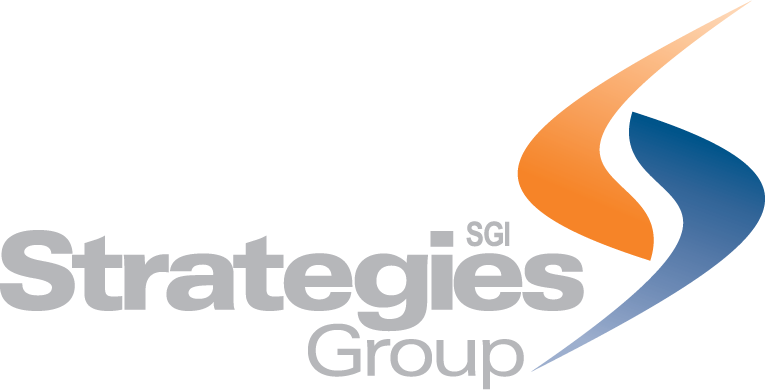Vision Casting…The Waterfall Effect
One of the hottest terms in leadership these days is “Vision Casting”. While the term itself has been both admired and admonished, the necessity of creating and sharing a cohesive vision in every successful organization is uncontested. When we hear a term like “Vision Casting” we often think about those creative types at Disney or Pixar who think of and develop the likes of Toy Story or we think of the CEO of a multi-billion dollar organization who spends his days thinking strategically about the future of his empire.
The fact is that every Vision cast by a leader no matter how grand or how small, offers the opportunity of other team members to develop their own vision of how they will participate in the overall corporate vision. To get buy-in and create excitement about the corporate vision, team members must be able to see how their departments, jobs, etc. related to the vision.
An understandable and effectual relationship between the corporate vision and individual department or even functional visions is crucial. If a vision is to be defined as seeing things that don’t exist and imagining the world in which they do, then vision casting is charting a course to that world.

For example, Strategies Group’s corporate vision is straightforward, however, achieving that vision is complex and must be inclusive of other departmental vision statements that support the overall vision. Actually, the departmental specific visions help to define our corporate vision. What does it mean to be successful? To be customer-centric?
Each department needs to create those definitions and define what the end result looks like for them…a vision of the future of their department. A vision that should first be defined by how this success is felt and experienced by our customers. If our success is not their success, then we have charted a course to nowhere.
To accomplish this, each department must define those objectives for their own portion of the business. For example, success for the sales group is measured incorrectly aligning each client with all the tools necessary to help them manage their business more efficiently and more profitably. A customer care department is measured by the client’s satisfaction with the timeliness and helpfulness of each support request. The consultant’s vision will be to ensure that each tool introduced by our sales team will be used to its maximum efficiency. This combined “corporate” vision creates a world where everyone who interacts with the new technology will have better work experience and therefore a better life experience because of our relationship.
We often get the vision process backward. We think about what our company needs to look like in 5 or 10 years and then create a vision that fits that desire. I believe it is truly more genuine and more constructive to imagine what our clients will need to be successful over the next 5 or 10 years and then create a vision to help them get there. At Strategies Group, we have recognized this error in our planning and are in the process of re-imagining success for our clients and therefore for us.
Our first step was to align with vendors we feel agree with our desire to think of client needs both now and in the future and align their product development to that end. By connecting with customer-centric technology partners like Dexter & Chaney, we are beginning to chart a course that looks first at what the customer will need not only today but for years from now to be successful.
We will be reaching out more directly to our clients as we develop this vision to ask what they see as their most imperative needs and most pressing challenges of the next five years. We want to know the toughest challenges ahead for our clients both now and in the future to help build a more secure path through the landmines to profitability and success.
Our vision must align with our clients’ vision or we become obsolete and our services unnecessary. In order to truly bring value, one must know what “value” means to their client. That value is always related to our ability and willingness to help the client attain their own vision.
